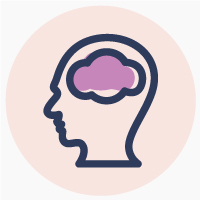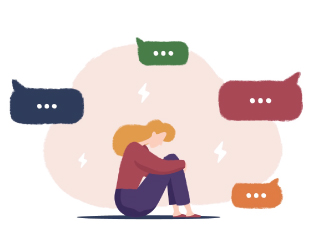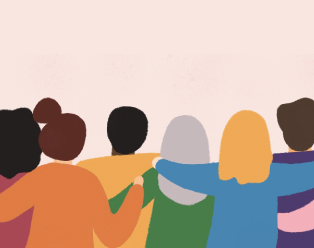What Does Queer Mean?

Before trying to develop inclusive policy, it’s important to make sure that educators, counselors and administrators can wrap their heads around what “queer” represents.
Try this quick exercise:
Set aside two minutes and write down every word related to the queer identities and labels that you can think of.

You’ll probably see a lot of common acronyms like LGBT and LGBTQ. Some people may have a list of well over 100 phrases.
“In reality, the list goes on and on because there is no norm and everyone is unique,” says Dr. Stacy Pinto, faculty member for the online master’s in school counseling program at the University of Denver. “The list keeps growing because everybody wants to find something that understands, normalizes, and expresses what they’ve experienced.”
Queer, she explains, is an umbrella term that represents that everyone is different and that differences should be celebrated and encouraged. It’s a “positionality” compared to what society identifies as the norm. Using gender expression as an example, on either end of the spectrum sit the two identities commonly understood as the “norms” — masculine and feminine. But many people identify somewhere in between. Queer can encompass the in between, like it does for others who struggle to identify with the norms related to spectrums such as sexuality, gender identity and romantic orientation. In fact, some argue that “normal” doesn’t exist and that identifying as non-queer requires effort to conform to an expectation, Pinto said.
Many students who identify as queer also label themselves with some of the terms that came up in the previous exercise. How can schools understand these labels?
People choose labels based on:
Our knowledge of labels:
What we know about labels and our vocabulary around labels.
Our internal bias:
Any negative or positive associations we have with certain language.
Our audience:
Who we’re talking with about our label.
The nature of our identity:
Whether our identity leans in one direction or another.
The salience of our identity:
How strong a specific identity might be from context to context.
It’s important to remember that labels don’t capture the entirety of someone’s experience, but more often fit their needs in a given moment.
Labels should be viewed as living terminology and should be used as a reference point to understand an individual’s:

World view

Experience with
privilege and oppression

Self-image

Potential needs for advocacy
Try this quick exercise:
Think about your identity and the labels you’ve chosen to express yourself. Have those labels changed over time and, if so, why? Do you emphasize certain labels or identities when interacting with different audiences? What message are you trying to convey to others about your identity when you identify using specific language?
Read the rest of the series

Even small challenges related to identity can pull focus from learning for queer students. Eliciting feedback from the students themselves can help identify solutions.

School counselors can build queer-affirming environments. However, they should recognize the limitations in their knowledge and work to fill those gaps.
Citation for this content: SchoolCounseling@Denver, the online master’s in school counseling program from University of Denver’s Morgridge College of Education.

